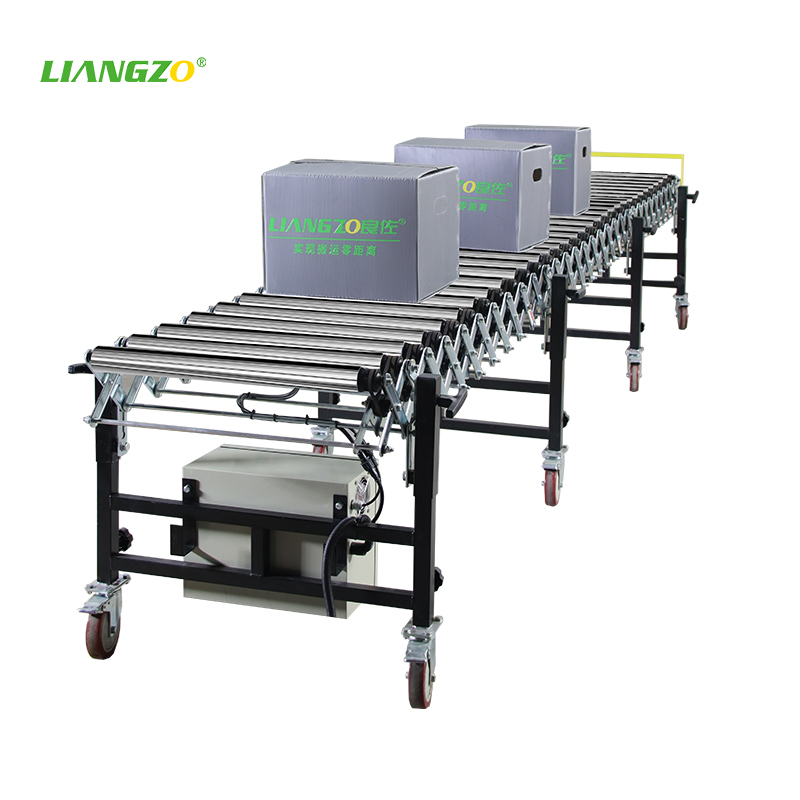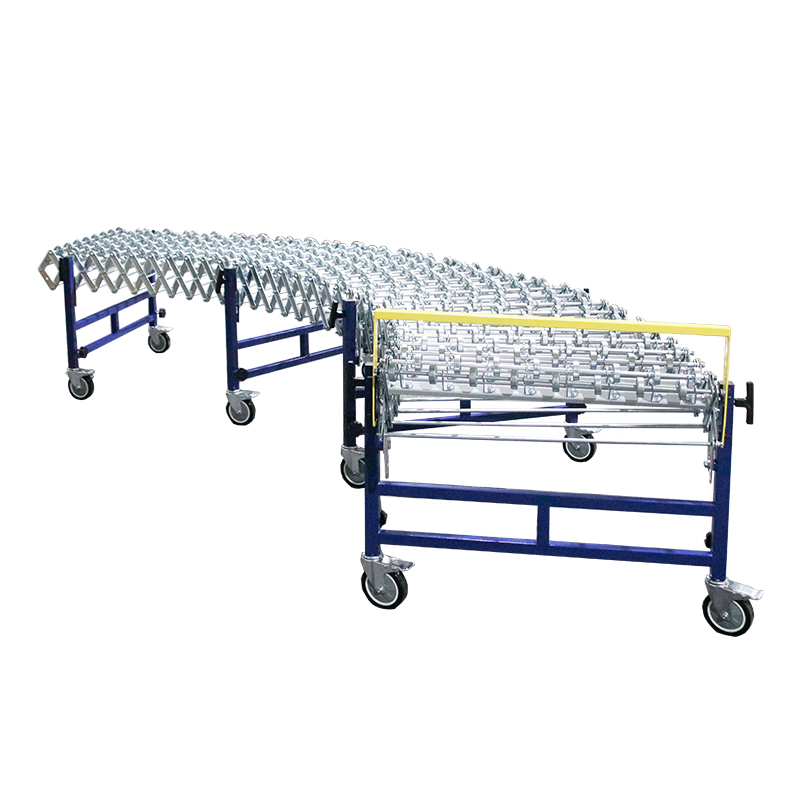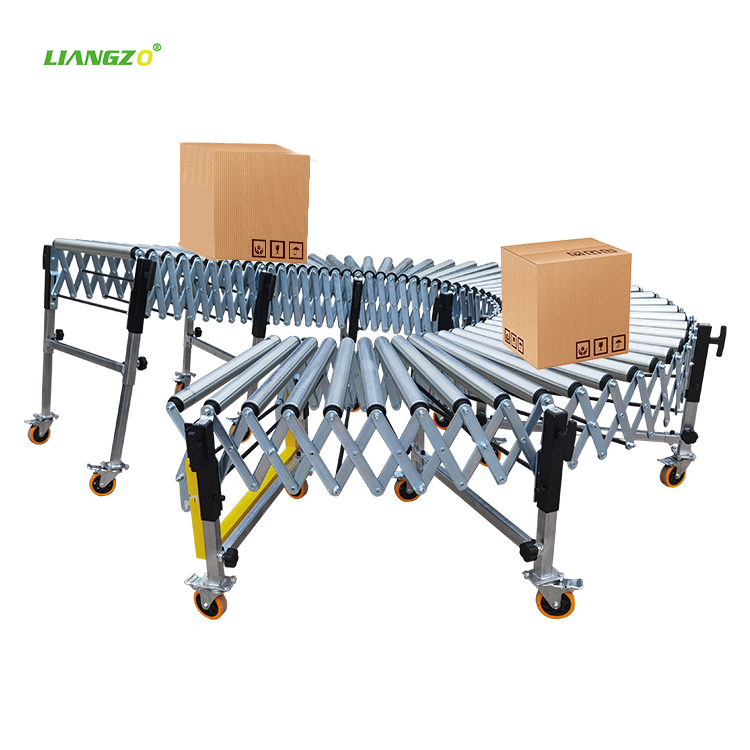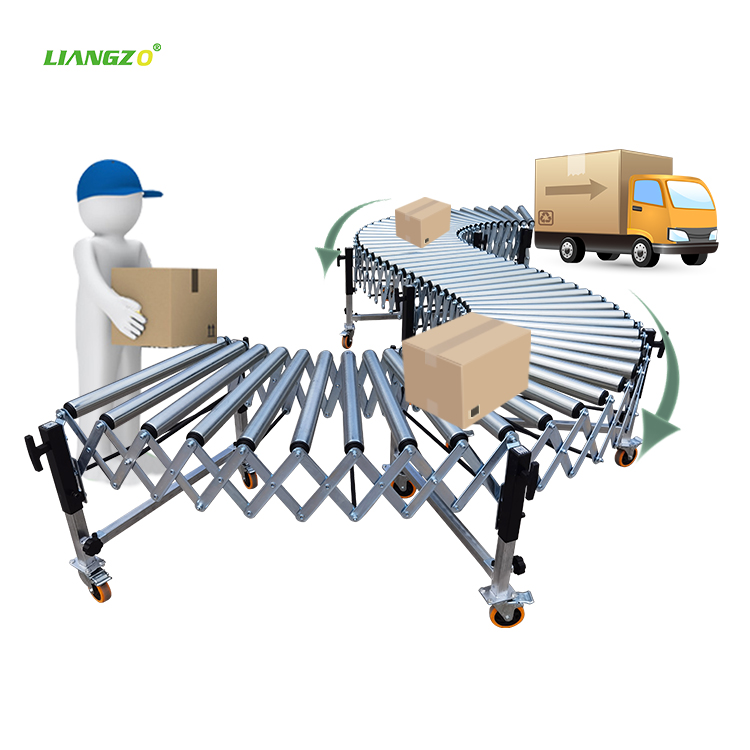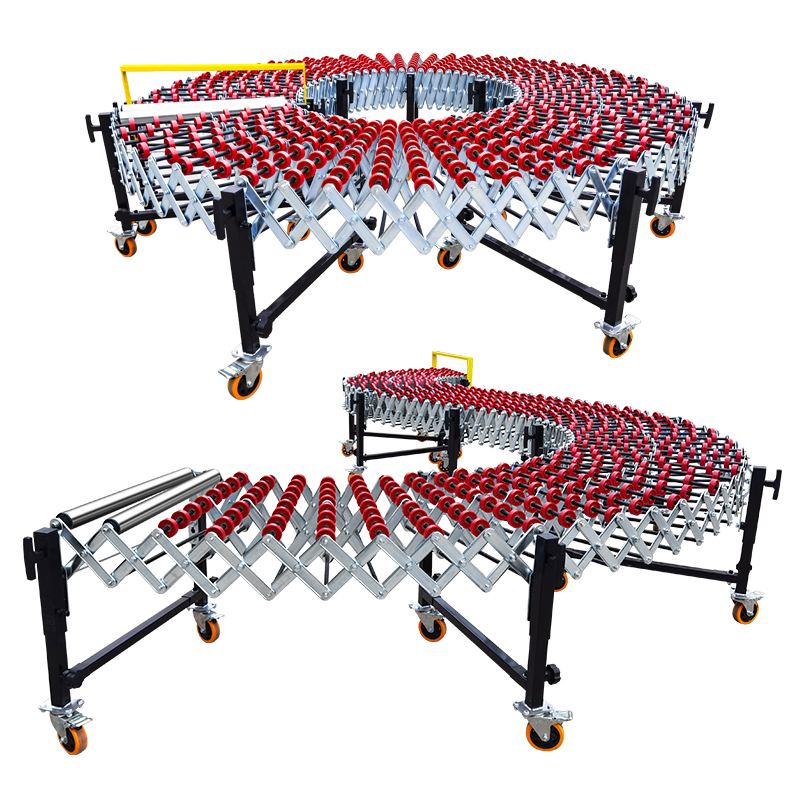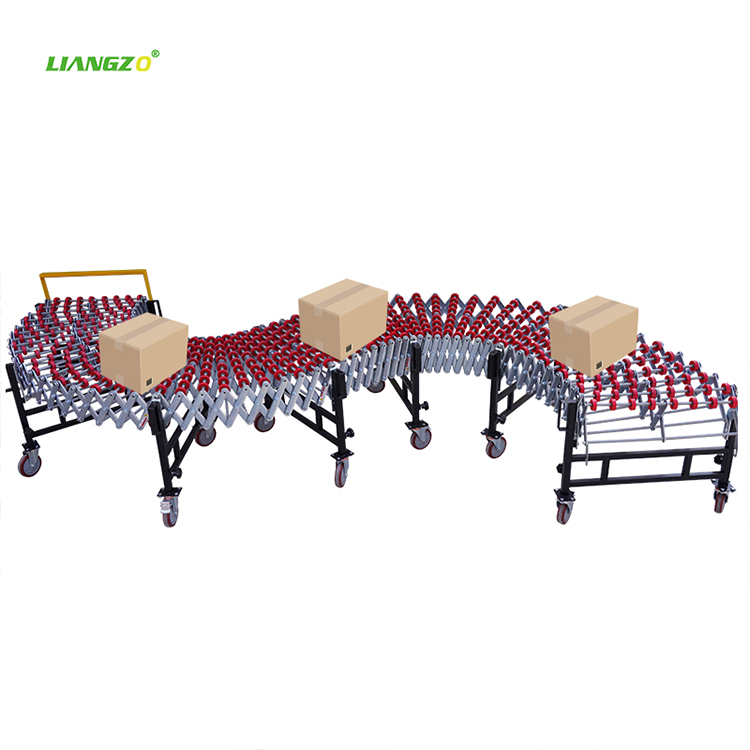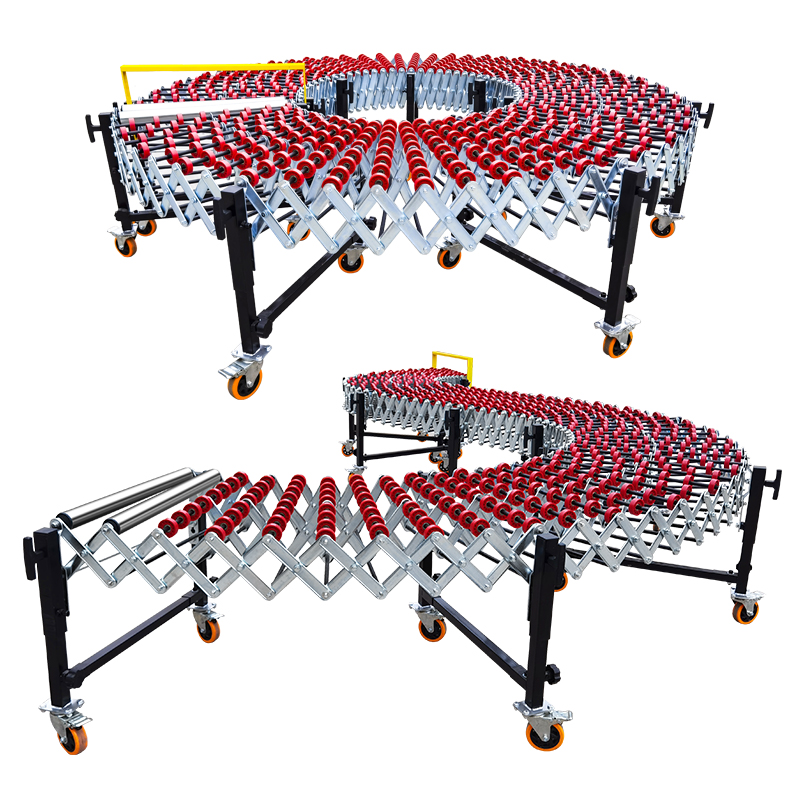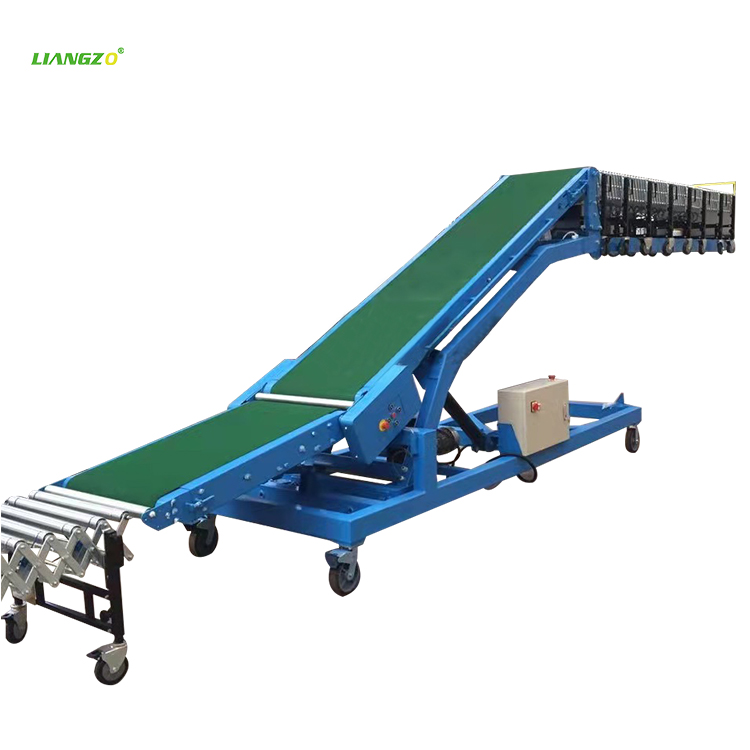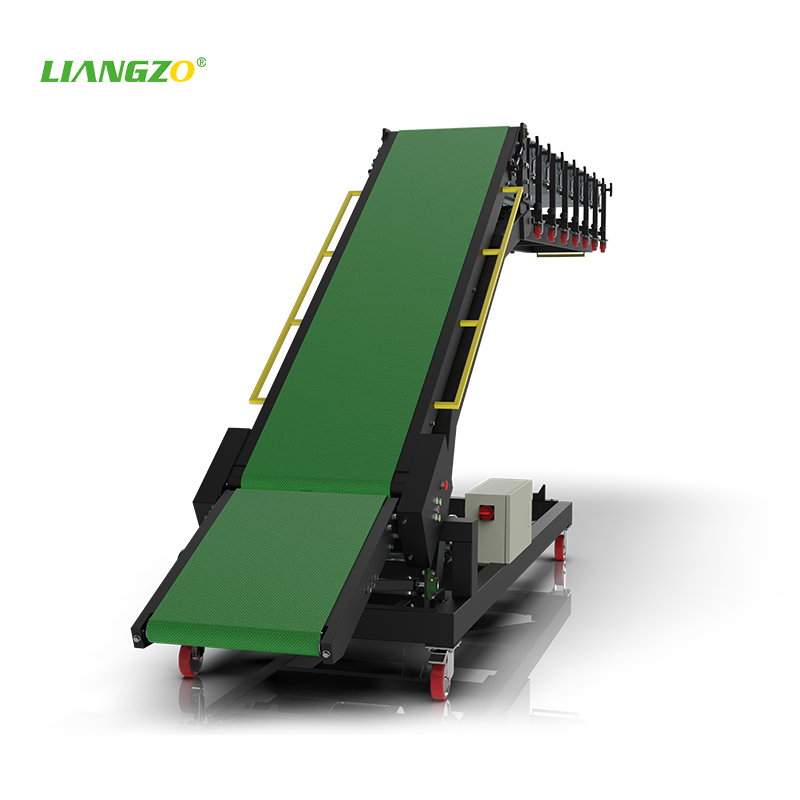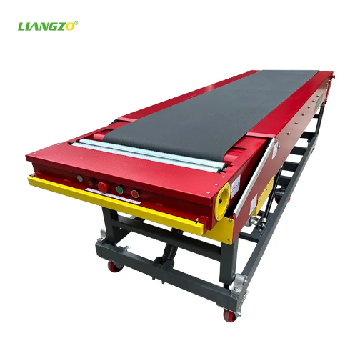Comprehensive Guide to Selecting the Right Conveyor Roller: Galvanized, Rubber-Coated, 201 & 304 Stainless Steel Rollers
Introduction
Conveyor rollers are essential components in material handling systems, widely used in industries such as logistics, manufacturing, food processing, and mining. Choosing the right type of roller—whether galvanized, rubber-coated, 201 stainless steel, or 304 stainless steel—can significantly impact efficiency, durability, and operational costs.
This guide explores the key differences, advantages, applications, and selection criteria for these four common conveyor roller types, helping businesses make informed decisions.
1. Galvanized Conveyor Rollers
1.1 What Are Galvanized Rollers?
Galvanized rollers are steel rollers coated with a layer of zinc to prevent rust and corrosion. The galvanization process can be hot-dip galvanizing (thicker, more durable) or electro-galvanizing (thinner, cost-effective).
1.2 Key Features & Benefits
Corrosion Resistance: Ideal for humid or outdoor environments.
Cost-Effective: More affordable than stainless steel rollers.
Moderate Load Capacity: Suitable for medium-duty applications.
1.3 Common Applications
Warehousing & logistics
Packaging lines
Outdoor conveyor systems
1.4 Limitations
Not suitable for extremely high temperatures or acidic environments.
Zinc coating may wear off over time under heavy friction.
2. Rubber-Coated (Polyurethane) Conveyor Rollers
2.1 What Are Rubber-Coated Rollers?
These rollers have a steel core covered with a layer of rubber or polyurethane, providing shock absorption, noise reduction, and better grip.
2.2 Key Features & Benefits
Enhanced Grip: Prevents slippage of goods (ideal for inclines).
Noise Reduction: Quieter than metal rollers.
Shock Absorption: Protects fragile items.
2.3 Common Applications
Food & beverage industry
Bottling & canning lines
Automotive assembly (for part handling)
2.4 Limitations
Higher cost than plain steel rollers.
Rubber may degrade under UV exposure or extreme temperatures.
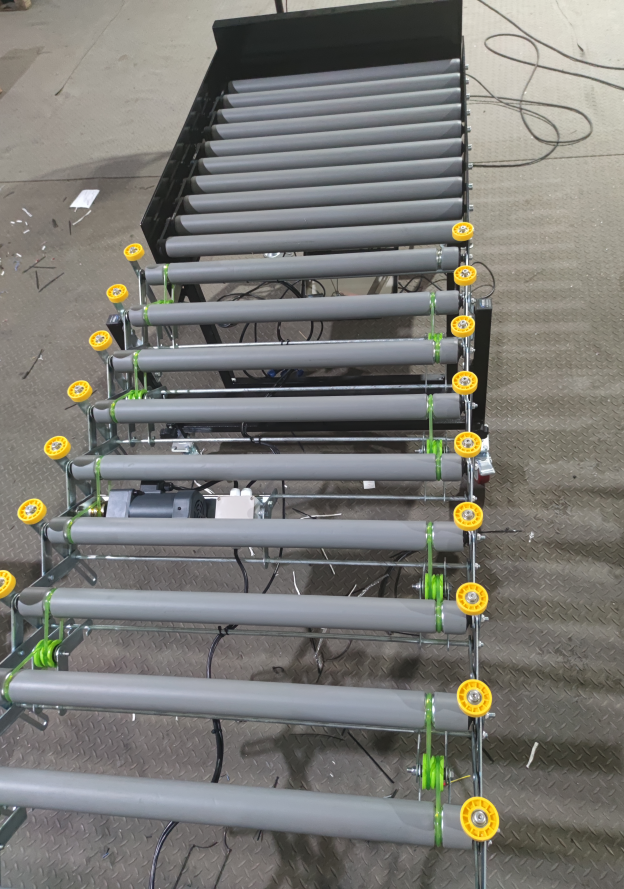
3. 201 Stainless Steel Rollers
3.1 What Are 201 Stainless Steel Rollers?
201 stainless steel contains manganese instead of nickel, making it more affordable than 304 but less corrosion-resistant.
3.2 Key Features & Benefits
Budget-Friendly Alternative: Lower cost than 304 stainless steel.
Moderate Corrosion Resistance: Works well in mildly corrosive environments.
Suitable for Indoor Use: Not ideal for harsh industrial settings.
3.3 Common Applications
Light-duty food processing
Pharmaceutical packaging
Indoor conveyor systems
3.4 Limitations
Less durable than 304 in highly corrosive conditions.
Prone to rust in high-moisture or saltwater environments.
4. 304 Stainless Steel Rollers
4.1 What Are 304 Stainless Steel Rollers?
304 stainless steel contains 18% chromium and 8% nickel, offering superior corrosion resistance and durability.
4.2 Key Features & Benefits
High Corrosion Resistance: Ideal for food, chemical, and marine applications.
Hygienic & Easy to Clean: Perfect for FDA/USDA-compliant industries.
Long Lifespan: Withstands harsh environments.
4.3 Common Applications
Food & beverage processing
Pharmaceutical & medical equipment
Chemical & marine industries
4.4 Limitations
Higher cost than 201 or galvanized rollers.
Overkill for dry, non-corrosive environments.
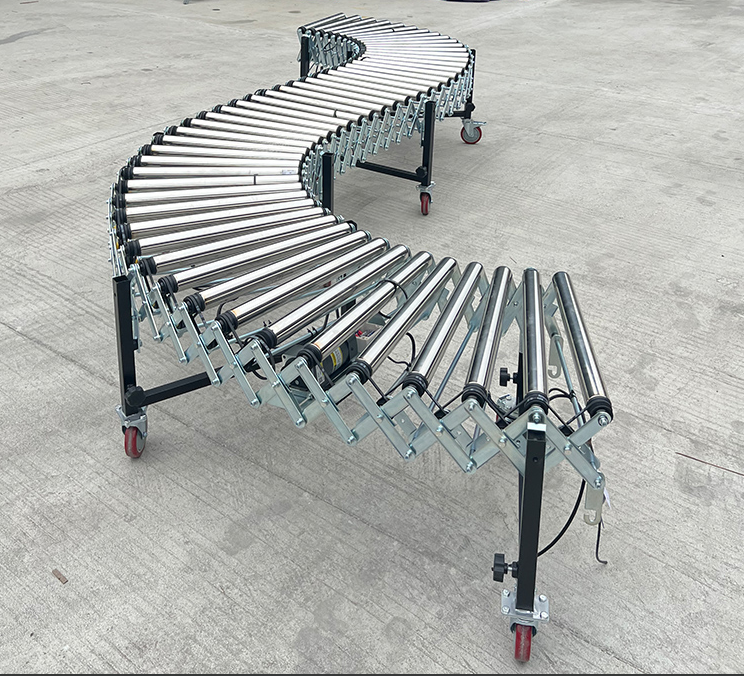
5. How to Choose the Right Conveyor Roller?
5.1 Consider the Environment
Humid/Outdoor: Galvanized or 304 stainless steel.
Wet/Corrosive: 304 stainless steel.
Dry/Indoor: 201 stainless steel or rubber-coated.
5.2 Load & Speed Requirements
Heavy-Duty: 304 stainless steel or thick rubber-coated rollers.
Medium-Duty: Galvanized or 201 stainless steel.
Light-Duty: Rubber-coated for gentle handling.
5.3 Industry-Specific Needs
Food/Grade: 304 stainless steel (FDA-approved).
Noise-Sensitive: Rubber-coated rollers.
High-Friction Needs: Rubber or polyurethane coating.
6. Future Trends in Conveyor Roller Technology
Smart Rollers: IoT-enabled rollers for predictive maintenance.
Eco-Friendly Coatings: Sustainable rubber alternatives.
Hybrid Rollers: Combining stainless steel with polymer coatings.
Conclusion
Selecting the right conveyor roller depends on environmental conditions, load capacity, industry regulations, and budget. While galvanized rollers offer cost-effective corrosion resistance, rubber-coated rollers provide grip and noise reduction. 201 stainless steel is a budget option for indoor use, whereas 304 stainless steel excels in harsh, hygienic environments.
By understanding these differences, businesses can optimize efficiency, reduce downtime, and extend equipment lifespan.


